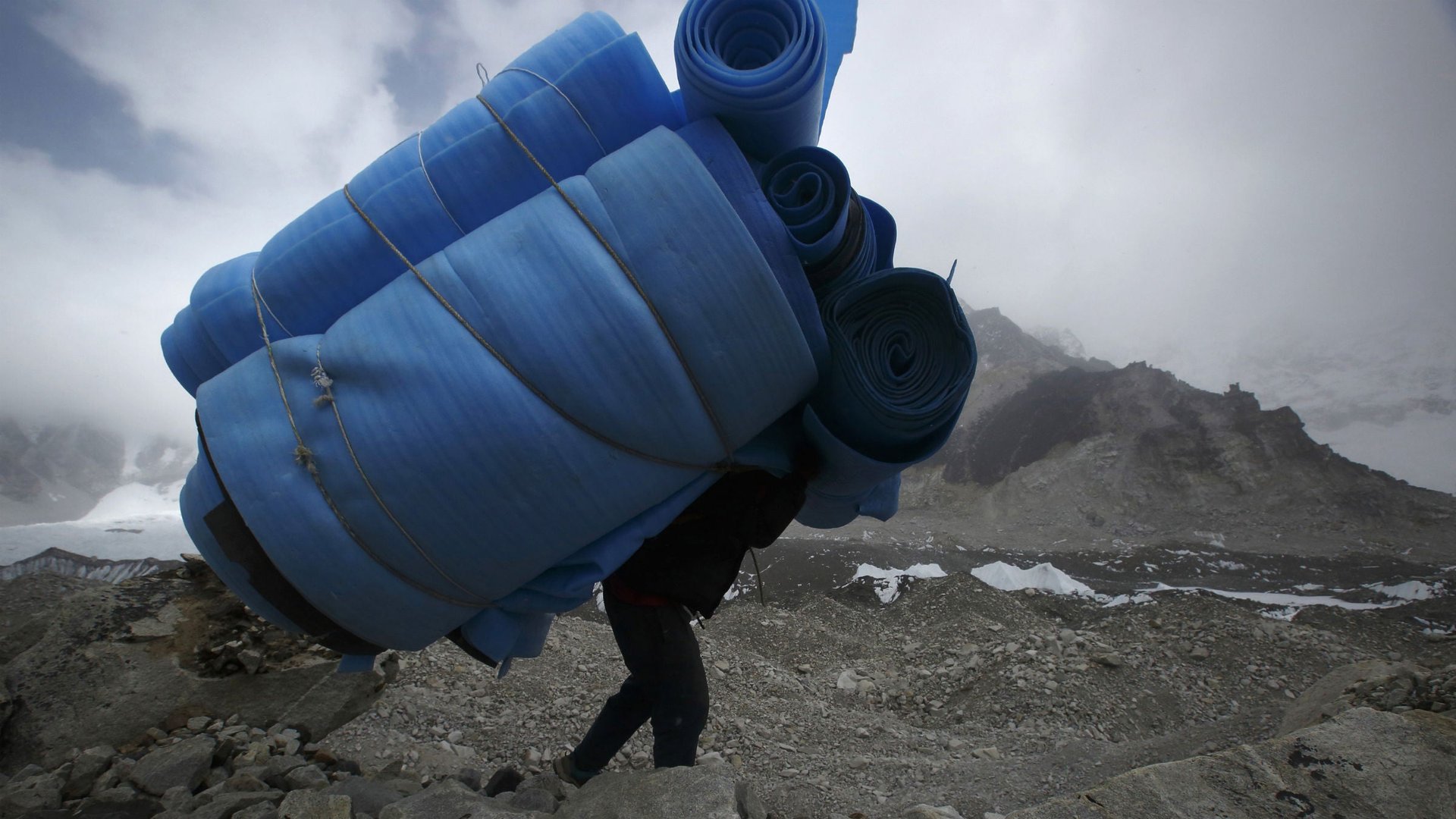How Gore-Tex was born
“It looked,” wrote Field & Stream in 1977, “as though the centuries-long search for a waterproof-yet-breathable lightweight fabric had ended in complete success.”


“It looked,” wrote Field & Stream in 1977, “as though the centuries-long search for a waterproof-yet-breathable lightweight fabric had ended in complete success.”
This was a year after Early Winters, a small company in Seattle, had released the first tent and the first jacket ever made with Gore-Tex. This gear was, to outdoor enthusiasts used to soggy sleeping and sweaty raingear, a revelation. Bigger companies had looked at Gore-Tex and passed it by—Early Winters gave it a try. In just a few weeks, the company had sold hundreds of its new tents and ended up buying most of the 10,000 yards of fabric Gore-Tex made that year.
Just few years earlier, Bob Gore had discovered expanded polytetraflouroethylene—ePTFE, the basis for Gore-Tex—in a Delaware basement. The material is essentially stretched out Teflon (which is what most of us call PTFE). At the time, the Gore company, owned by Bob Gore’s parents, Bill and Vieve, was making Teflon insulated cables; by stretching the PTFE and adding air, the thinking went, the company might save money.
Bob Gore’s attempts to heat and stretch rods of PTFE had been going badly—no matter how carefully he tried to stretch the material, it’d break. One evening in 1969, as he tells the story, he heated a rod and tried to opposite approach. He yanked it, fast. Instead of breaking, it stretched and stretched.
On a microscopic level, this ePTFE looked like an ooey-gooey web of bubble gum or one of those fake Halloween spider webs that never quite unfurl the way you hope. (Later incarnations had a more organized structure.) The pores in between its strands, though, turned out to be small enough to keep water out, but large enough to let vapor through. It could, potentially, keep a person dry and vent her body’s own moisture.
“Think of what that would mean!” Field & Stream wrote. “Your backpacking tent would not longer need that waterproof rainfly over it…you could hike in your rain parka without soaking in your own steam.”
In theory, anyway. Hikers who thought they’d be able to summit mountains without soaking in sweat and campers who thought they’d be safe in the snow were quickly disappointed. The waterproofing worked well enough; it was getting the body’s moisture out that was more difficult. Though it’s improved over the years, Gore-Tex was not enough of a “complete success” that the rainfly became entirely redundant and sweat a non-thought.
It does, however, keep people dry enough to have created a billion-dollar market for this type of outerwear—and to have helped make Bob Gore the wealthiest person in Delaware. Outdoors companies do still believe there just might be a better waterproof-yet-breathable fabric out there waiting be discovered. Right now, though, campers can dream about that day, snug and dry and maybe a little sweaty in a bivy sack made with Gore-Tex, wearing Gore-Tex socks, with their Gore-Tex jackets stashed next to their Gore-Tex boots.